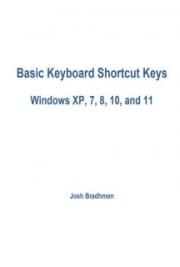3. Powershell Error Handling Basics
Let’s start by getting some of the basics out of the way.
ErrorRecords and Exceptions
In the .NET Framework, on which PowerShell is built, error reporting is largely done by throwing exceptions. Exceptions are .NET Objects which have a base type of System.Exception. These Exception objects contain enough information to communicate all the details of the error to a .NET Framework application (the type of error that occurred, a stack trace of method calls that led to the error, etc.) That alone isn’t enough information to provide to a PowerShell script, though; PowerShell has its own stack trace of scripts and function calls which the underlying .NET Framework knows nothing about. It’s also important to know which objects had failures, when a single statement or pipeline is capable of producing multiple errors.
For these reasons, PowerShell gives us the ErrorRecord object. ErrorRecords contain a .NET Exception, along with several other pieces of PowerShell-specific information. For example, figure 1.1 shows how you can access the TargetObject, CategoryInfo and InvocationInfo properties of an ErrorRecord object; any one of these might provide information that is useful to your script’s error handling logic.







